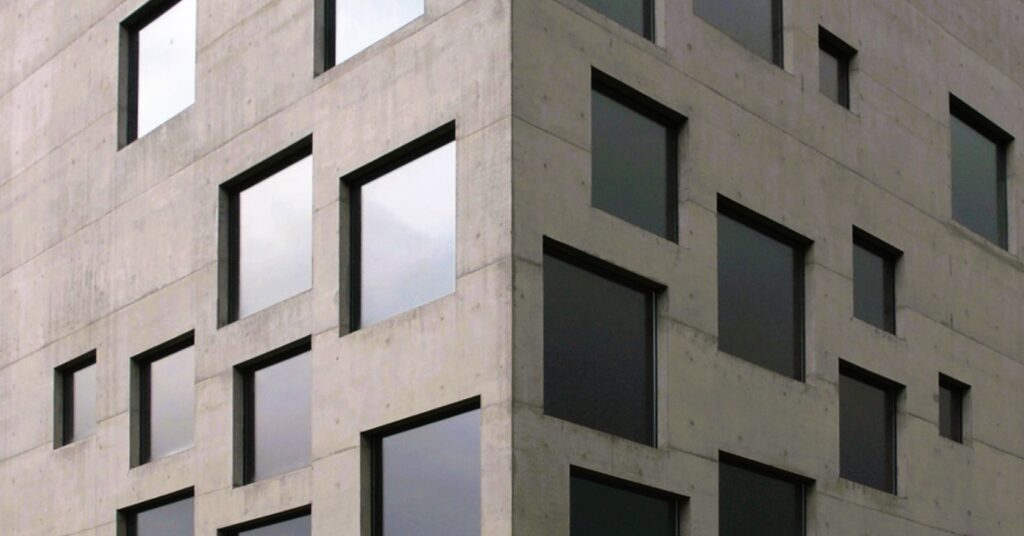Customizing Windows for Architectural Excellence
Windows are not only functional elements of a building but also play a crucial role in its architectural aesthetics. Customizing windows allows homeowners and architects to create unique designs that complement the overall style and vision of a structure. In this article, we will explore the significance of customizing windows for architectural excellence and the various options available to achieve personalized and visually stunning window designs.
1. Design Flexibility:
Customizing windows provides design flexibility, allowing homeowners and architects to create windows that align with their artistic vision. Whether it’s a modern, minimalist approach or a traditional, intricate design, customization options enable the creation of unique window styles that contribute to the overall architectural excellence of a building.

- Shape and Size:
Custom windows offer the freedom to choose non-standard shapes and sizes, deviating from conventional rectangular or square designs. Arched windows, circular windows, or polygonal shapes can add visual interest and uniqueness to a building. Large, floor-to-ceiling windows can create a dramatic effect, flooding interiors with natural light and enhancing the connection to the outdoors.
- Frame Materials and Finishes:
Customization extends to frame materials and finishes, allowing homeowners to select materials that align with their architectural vision. Wood, aluminum, vinyl, or composite frames can be customized to match the desired aesthetics. Finishes such as paint, stains, or laminates can be applied to enhance the appearance and durability of the frames, ensuring they complement the overall design concept.
- Glazing Options:
Customization extends to the glazing of windows as well. Homeowners can choose from various glazing options, including clear glass, frosted glass, tinted glass, or decorative glass patterns. These options provide privacy, enhance energy efficiency, control solar heat gain, and add a decorative touch to the overall window design.
- Grid Patterns and Divided Lights:
Customizing windows allows for the incorporation of grid patterns or divided lights. Grid patterns can be applied to the glass surface, creating a visually appealing aesthetic reminiscent of traditional window designs. Divided lights can be achieved by using muntins or grilles to create the appearance of multiple individual glass panes within a single window.
- Hardware and Accessories:
Customization extends to window hardware and accessories, providing an opportunity to add personalized touches. Choices in hardware finishes, such as brass, chrome, or bronze, can enhance the overall design and complement the architectural style. Accessories like decorative window grilles, shutters, or awnings can further enhance the visual appeal and functionality of custom window replacement Regina.

Standards and Guidelines:
Standards and guidelines exist to ensure the quality and performance of custom windows. Organizations such as the International Organization for Standardization (ISO) and national bodies like the Canadian Standards Association (CSA) develop standards that outline the requirements for materials, construction, and performance of windows. Adhering to these standards helps ensure that custom windows meet the necessary quality and safety criteria.
Customizing windows for architectural excellence allows homeowners and architects to create visually stunning designs that reflect their unique vision and style. By considering design flexibility, shape and size, frame materials and finishes, glazing options, grid patterns, hardware, and accessories, custom windows can elevate the overall aesthetics of a building, adding a touch of elegance and personalization.
Recent Posts
- How to Soundproof Windows: Effective Strategies for a Quieter Home
- Retrofitting Windows: Upgrading Existing Structures for Improved Efficiency
- Benefits of Picture Windows: Views, Natural Light, and Style
- The Effectiveness of Patterned Glass in Reducing Bird Collisions
- Common Mistakes to Avoid in DIY Window Installation Projects
Calendar
| M | T | W | T | F | S | S |
|---|---|---|---|---|---|---|
| 1 | 2 | 3 | 4 | |||
| 5 | 6 | 7 | 8 | 9 | 10 | 11 |
| 12 | 13 | 14 | 15 | 16 | 17 | 18 |
| 19 | 20 | 21 | 22 | 23 | 24 | 25 |
| 26 | 27 | 28 | 29 | 30 | 31 | |


